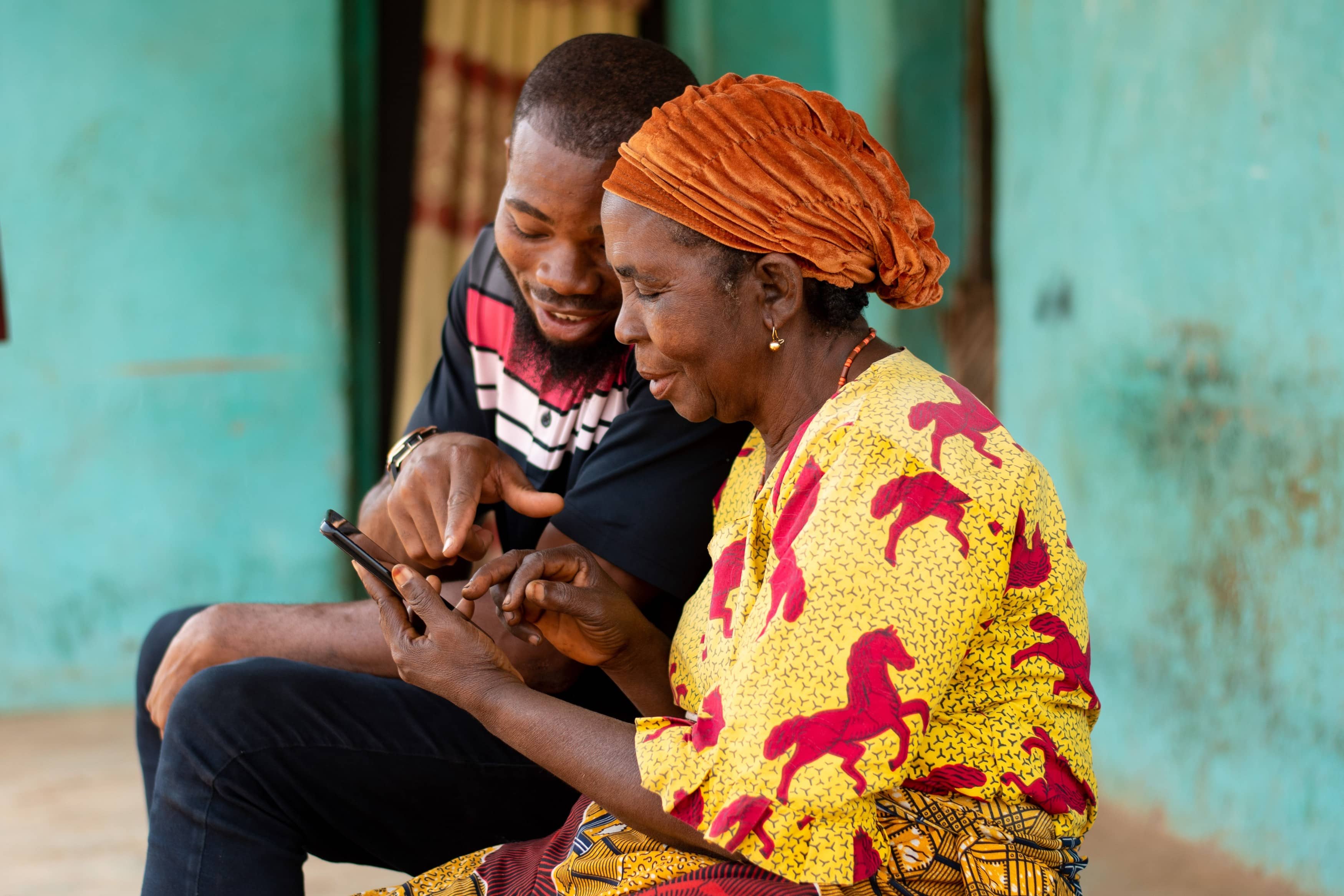Reflections on the Webinar – Exploring Gender and Age Intentionality in Tanzania’s Financial Sector Ecosystem
By Julia Seifert, Research, Results and Insights Consultant, FSDT

On Friday 21st June 2024, FSDT hosted an exciting webinar that engaged financial sector practitioners, economic empowerment program facilitators, academicians, as well as development partners in a forward-thinking discussion on how we can facilitate a more inclusive financial ecosystem in Tanzania that can support women and youth as they work towards achieving their dreams.
The well attended webinar unpacked the findings from a financial sector ecosystem analysis conducted by KPMG responding to FSDT’s need to gain a better understanding of financial service providers’ offerings for women and youth, as well as potential regulatory and policy hurdles that hinder effective engagement of women and youth MSMEs and smallholder farmers in the financial ecosystem. The study triangulated the findings with the FinScope Tanzania 2017 and 2023 results and presented a variety of tangible recommendations that were further unpacked by the esteemed panellists and webinar attendees.
Reflecting on the engaging discussion, we would like to highlight the following recommendations for financial sector practitioners and as FSDT we look forward to catalysing these through our own various interventions as well.
The study, alongside the experiences shared by practitioners from CARE Tanzania who joined the webinar, clearly indicated that there is a need for an integrated approach as we strive to reach women and youth. Such an approach should consider incorporation of both business development services, as well as financial and digital literacy to women and youth. In addtion, the approach should strive for partnerships, not only among financial service providers, but also across financial service providers, as well as non-governmental and civil society organizations.
Such an approach may also move the sector away from predominantly urban solutions that are heavily smart phone technology dependant, but are less likely to reach more remote and entirely excluded population segments. As much as FSDT is a strong believer of technology-driven financial inclusion, reaching the last mile and achieving this crucial initial uptake seems to require a more hands-on approach that need to be merged with effective merchant penetration models that mimic existing behaviours and slowly ease users into digital adoption.
A strong point that sparked a follow up discussion was on how device financing and moreso smart phone financing can be scaled more effectively. The discussion clearly showed that peer guarantee models through groups as well as effective deployment of guarantee schemes can provide both the necessary push and pull factors to not only enable phone upgrades, but can ensure first time phone ownership; while ensuring low NPLs.
Further, ownership of productive assets remains a key concern to drive increased bankability of women and youth, such may include movable assets, as well as land. Deliberate efforts are needed to support the first-time ownership of such an asset after which ownership can be increased gradually, considering strong strides by the government and regulatory authorities to establish a secure transaction act that governs the ability to include these assets as collaterals. To achieve such an aspiration, instalment payment, lease to own, and alternative credit scoring models are paramount to unlock this first-time ownership for women and youth.
Lastly, the panellists reiterated the importance of data and evidence as we aspire for a more inclusive financial ecosystem. Hence, deliberate efforts to build data systems that support customer relationship management and ensure data disaggregation by gender and age are key. Such data should in turn unlock evidence-based Human-Centered Design (HCD) models that will leverage insights for both gender and youth intentional financial solution, policy and regulation design. Further, the discussants underlined the need to expand the existing demand side data portfolio from predominantly quantitative surveys to supplementary qualitative studies that may also have the potential to unlock social norms, which seem to constantly reappear in engagements with women and youth, but practitioners have yet struggled to work with them in their favour. In this light, a stronger collaboration between financial service providers, policymakers, regulators, and market facilitators such as FSDT with academic institutions is needed.
The discussion ended on a high note, but with a clear call to action to intentionally strategize for women and youth; being cognizant that both segments may require very different strategies and the often observed joint approaches towards these very different segments may even hinder the success of existing programs. Also, as we serve women and youth, we must ensure that we understand them holistically and throughout their economic livelihoods is paramount to reach them at scale.

